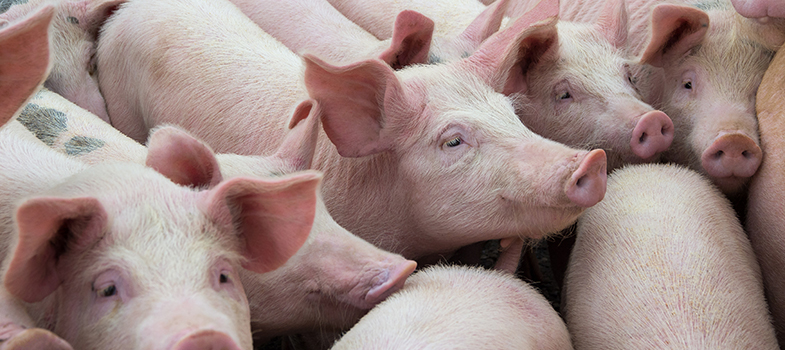1.3. The importance of regulating AMU in animals
The benefits of regulating antimicrobials in animals have been demonstrated using data from surveillance systems. For example, studies have shown a correlation between the quantity of antimicrobials used in animals and the development of AMR in bacteria in these animals. Several studies in EU countries have shown that policies to reduce
Many antimicrobials used in food-producing animals contain the same active ingredients as those used in human medicine, even though the trade names may differ. The WHO has developed a list of
Suboptimal quality of antimicrobials
OIE research in more than 130 countries found that most LMIC countries lack legislation for the control and regulation of veterinary products. Countries with regulatory frameworks on antimicrobials often have problems with implementation and enforcement due to financial constraints. Without effective regulation, poor quality and counterfeit antimicrobials, and uncontrolled antimicrobial sales are likely to be problematic (OIE, 2017).
1.2 The role of antimicrobials and different types of use



